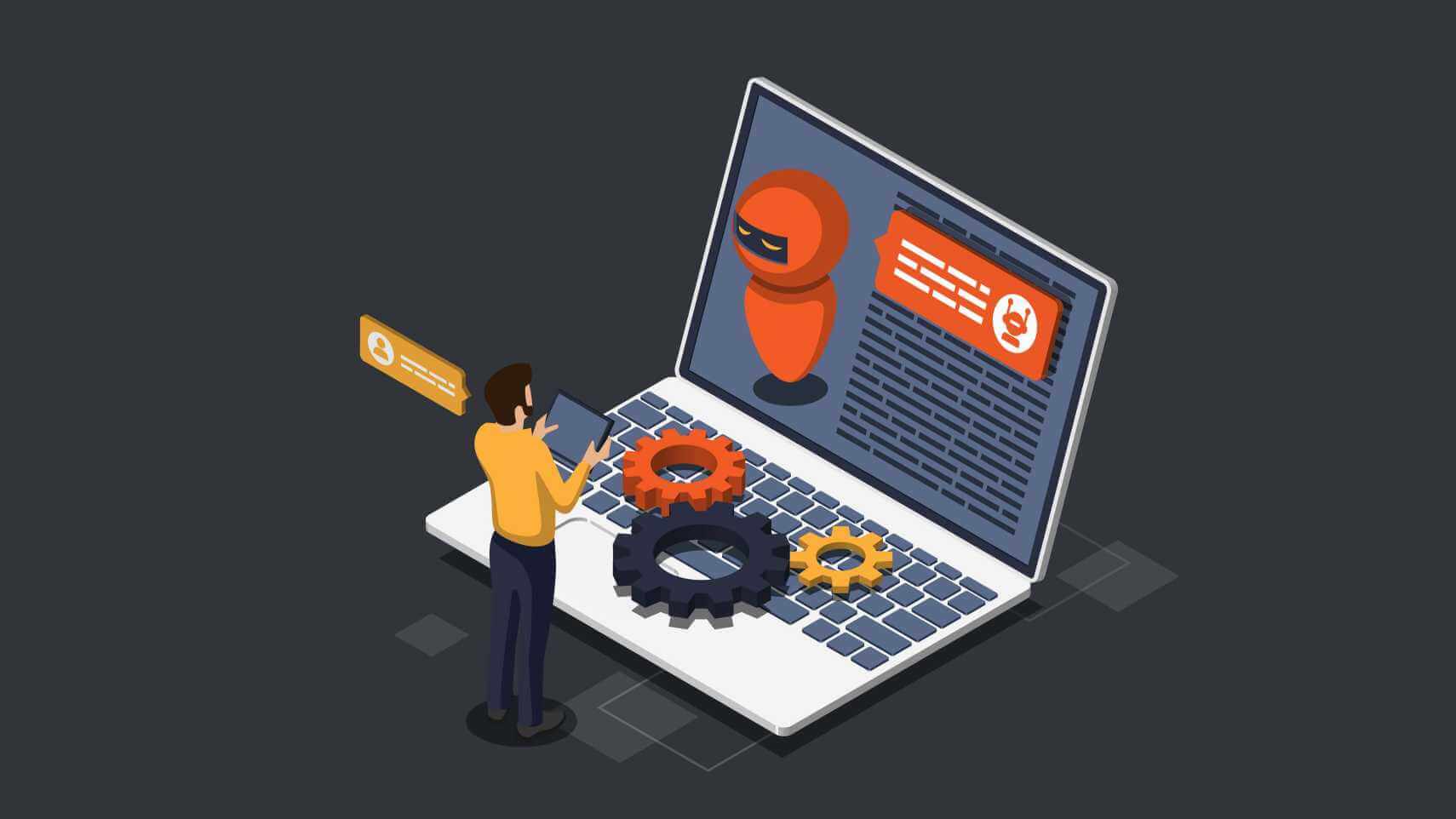Table of contents
AI is a hot technology that continues to grow rapidly. RPA is one way to utilize this technology in business. RPA is a system that many companies have adopted for business automation for some time, but when combined with AI, even more advanced automation and efficiency becomes possible. This time, we will explain the characteristics of RPA and AI, as well as the advantages and disadvantages of AI that combines both.
What is RPA that automates with AI?
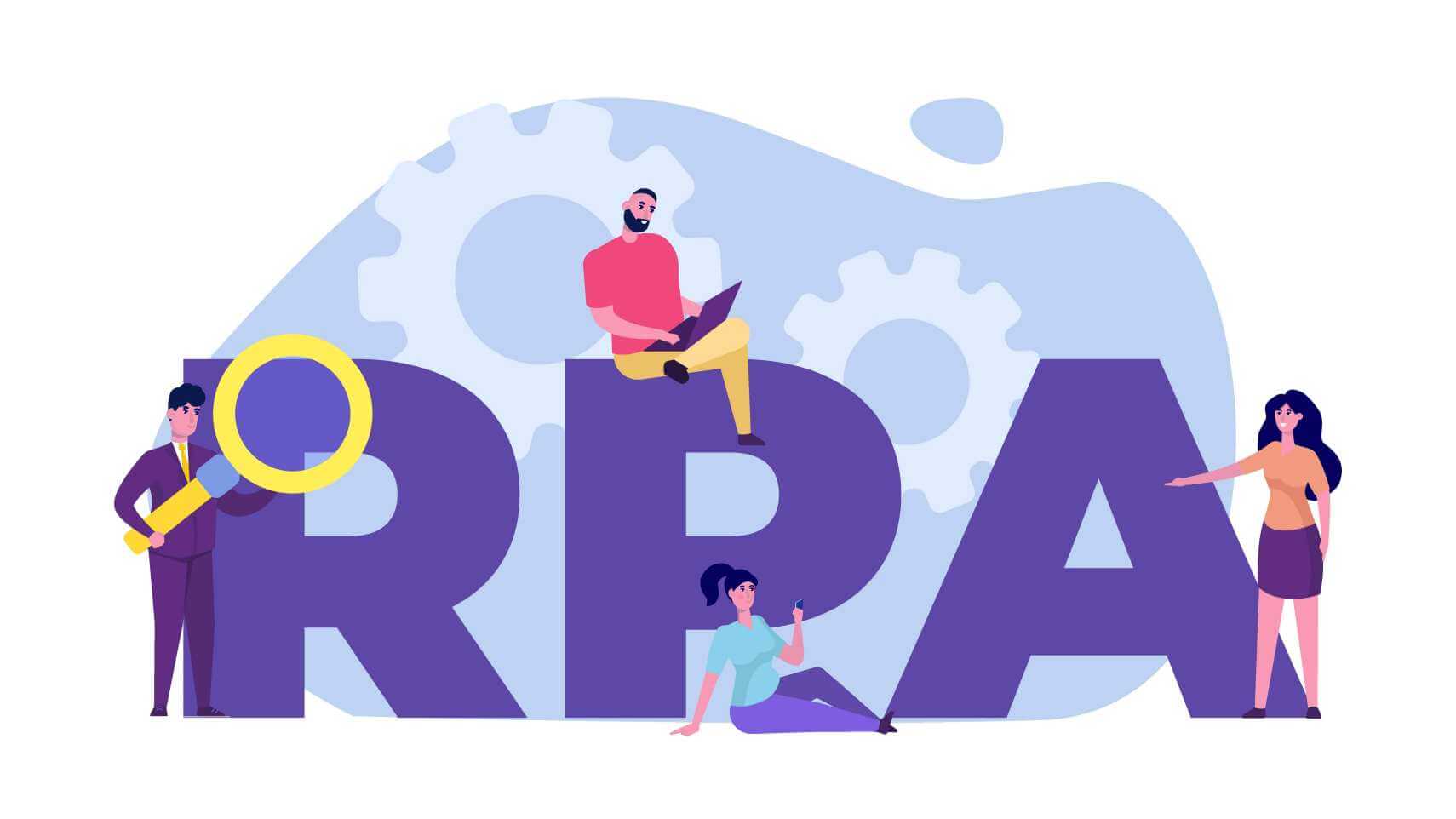
RPA is an abbreviation for Robotic Process Automation, which literally means business automation using robots. Normally, back-office operations are often automated using RPA, but in recent years, efforts have been made to enable it to handle a wider range of operations by combining it with AI.
Characteristics of RPA
RPA is a system in which humans instruct robots to operate systems and automate tasks by instructing them on work procedures. Robots are good at routine work, and many companies have adopted them in order to make overall operations more efficient by delegating these tasks to robots.
It is also attracting attention as a solution to the shortage of human resources due to the declining birthrate and aging population. On the other hand, since it requires human instructions, it cannot be said to be completely automated, and currently there are limits to what can be done.
Difference with AI
AI is also known as artificial intelligence in Japanese. It is a technology that gives machines human-like judgment by learning various data and law patterns, and is being considered for application to various systems. It may be easier to understand if you think of AI as something that plays a role like a control tower.
RPA is better suited for simple tasks than AI, but it cannot operate without receiving instructions from a person.
What is “IA” that combines RPA and AI?
IA stands for Intelligent Automation, which literally means intelligent automation system. This is a mechanism that entrusts AI with the instructions necessary to execute RPA.
This technology is said to be able to automate all tasks without human intervention, and is expected to be an evolution of RPA.
Benefits of automating by combining AI and RPA
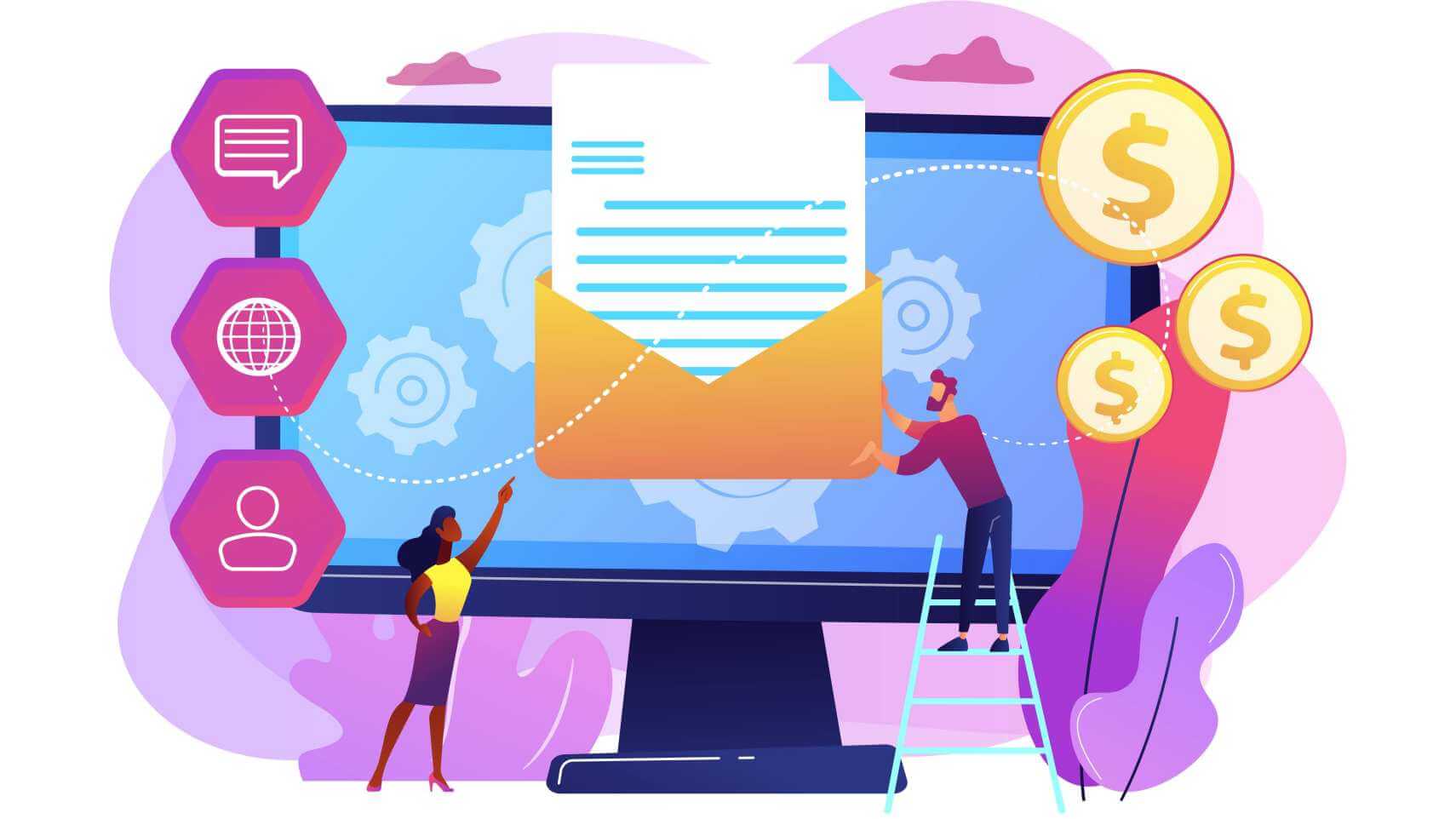
Because there is no human intervention, IA is safe in terms of security and compliance. It also has many benefits in improving business efficiency, and in the future it will likely replace RPA as a new automation system for business operations.
Automate various business processes
AI programmed with decision-making processes can issue instructions to RPA faster than humans. In addition, human error can be prevented by relying on AI to perform tasks that require manual operation.
Specific examples include updating user data in communication services, making credit decisions in banks, and automating financial processes in public utilities.
Data can be organized and processed more efficiently
The combination of AI and RPA is also useful when large amounts of data need to be processed. An example of this would be to leave data analysis and judgment to AI, and use RPA to perform the sorting process.
For example, if the characters written on paper documents are recognized using AI and organized using RPA, it will save a lot of time compared to doing the work manually.
Disadvantages of automating by combining AI and RPA
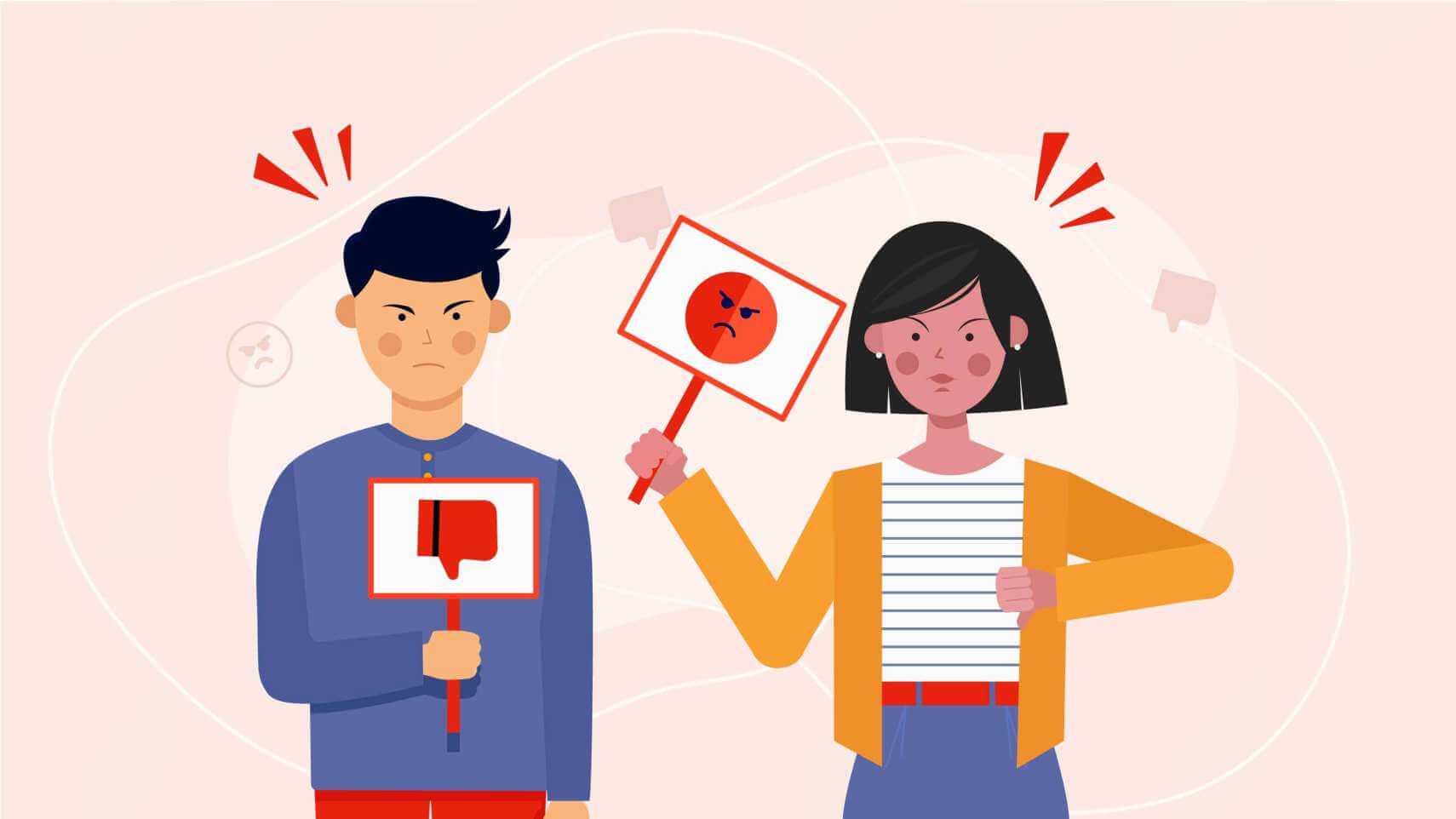
Although IA has many attractive features, it is necessary to pay attention to its disadvantages when actually implementing it.
We will explain the points to be especially careful about.
High implementation cost
Currently, RPA alone often requires a high cost. IA that combines this with AI will increase costs even more.
The cost will vary depending on the scale of the business to be automated, but you will need to carefully consider your budget when implementing it.
It takes a medium- to long-term period to see results.
Even if you introduce IA, it does not necessarily mean that it will immediately lead to improved operational efficiency. It is difficult to achieve sufficient results if the employees and work contents are not compatible with IA, and many companies are thought to be unable to fully utilize the systems they have introduced.
In order to maximize the power of IA, it is important to consider business consolidation and employee job changes as necessary.
AI is moving towards the realization of “autonomy”
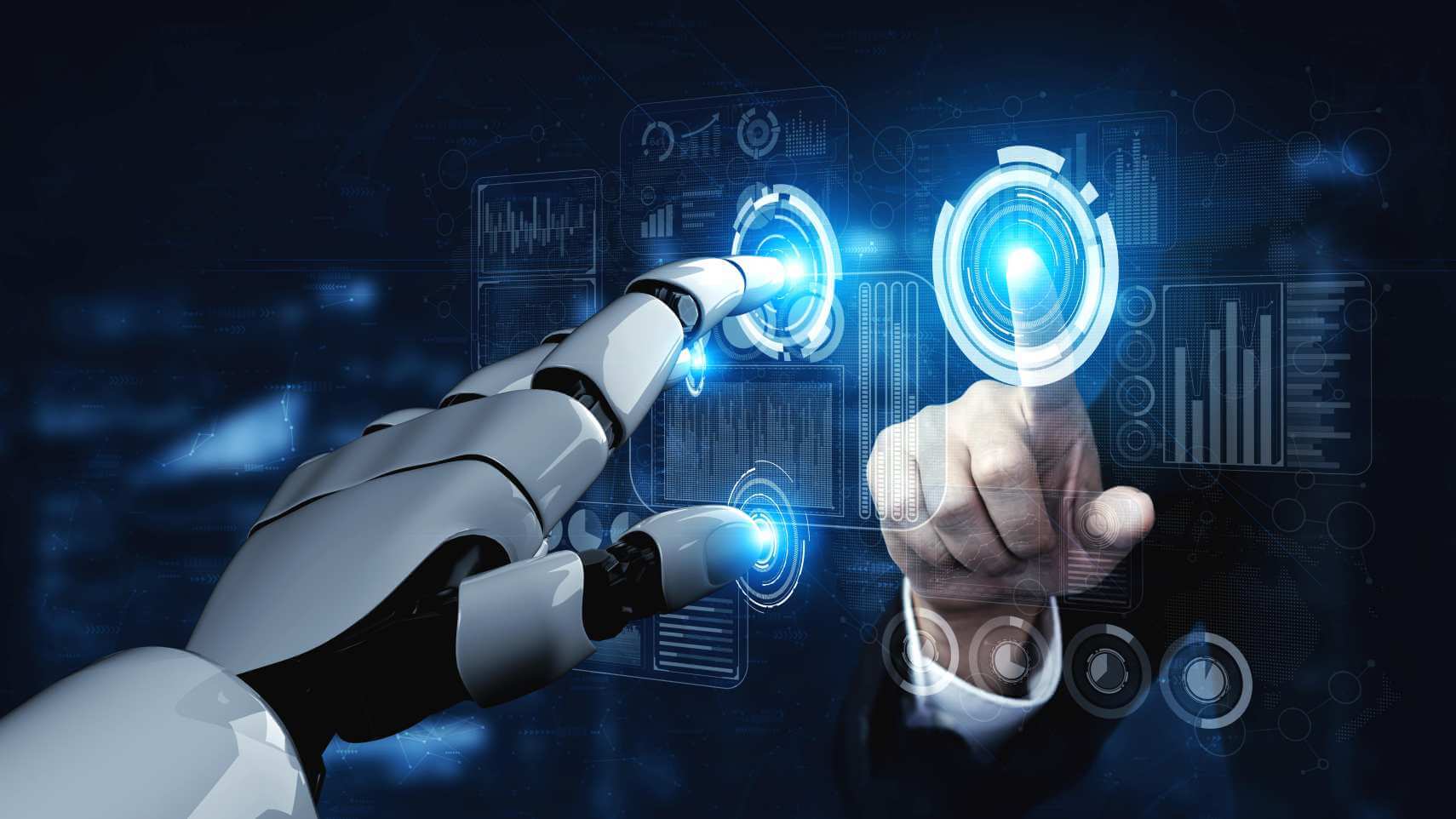
Efforts to automate simple tasks using RPA have been actively promoted to date.
In the future, with the development of AI technology, it will become easier to have machines analyze rules and make decisions based on them.
AI will continue to evolve toward “autonomous” operations, which allow tasks to proceed without human intervention.
summary
With the combination of AI and RPA, we are entering an era where machines can perform tasks that previously required human judgment.

